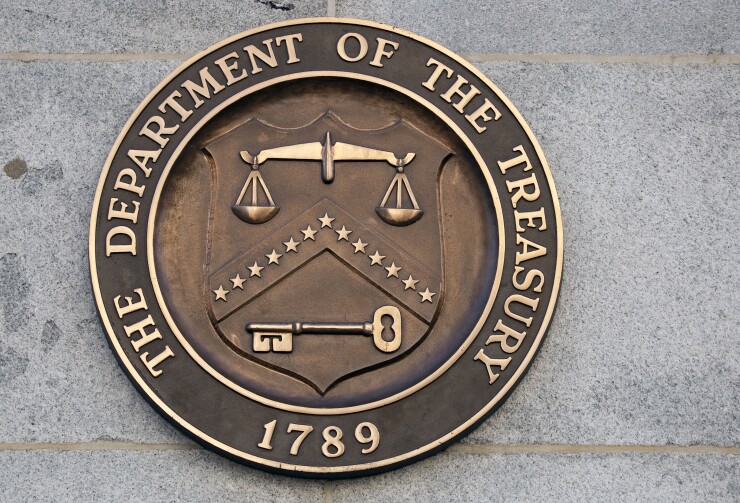In the next several months, state and local governments, along with other tax-exempt organizations, are going to start to receive payments from the Federal government to help offset the cost of investments they have made electric vehicles or solar panels or charging stations.
When they do, it will mark not just a milestone in the United States’ effort to reduce emissions and decarbonize, it will be the beginning of a revolution in public finance when it comes to clean energy.
The Inflation Reduction Act (IRA) created or substantially modified some 20 different clean energy incentives in the Federal tax code. Those provisions are already driving unprecedented private sector investments in clean energy and electric vehicle and battery manufacturing that are yielding new jobs across the nation.
Andrew Harrer/Bloomberg
A dozen of the IRA tax credits are applicable to non-tax paying entities under a novel provision of the law called elective pay (also known as direct pay). Direct pay means that these so-called “applicable entities” can get the same benefit of tax credits for clean energy investments that the private sector is receiving.
And because of bonus provisions under the IRA, the level of investment is a game-changer.
For example, the IRA permits a state or local government adding qualified clean vehicles to its government fleet to receive up to $7,500 per vehicle from the Federal government for a sedan and up to $40,000 per vehicle for a heavy vehicle like a bus or a truck. Given the size of many government fleets, and the costs that governments bear to operate them, these savings can add up quickly.
Many local governments have been investing in renewable sources of energy such as solar and developing microgrids to add to the resilience of their energy supply. Take the hypothetical case of a two-megawatt solar farm that might cost $2 million.
To start, if the solar farm otherwise meets the requirements of the investment tax credit (ITC), the local government that owns the project could receive an ITC of 6%. But if IRA requirements related to the application of prevailing wages and the use of registered apprenticeship participants during the construction are met (for alteration and repair), the ITC could increase to 30%. If requirements for bonuses related to materials — domestic content — and location — for example on a brownfield site — then the ITC can equal as much as half the eligible cost of the solar farm. A hard-to-finance $2 million investment suddenly costs half the price.
For local governments looking to finance climate and sustainability plans, direct pay becomes a big part of the answer. Direct pay can change the calculus of how to maintain local government’s most basic assets — buildings and fleet. That’s because shifts in the marketplace will increasingly make clean energy solutions less costly than dirty energy solutions.
For example, the ongoing operating cost of a fully electrified fleet will often be less than continued reliance on fossil fuel fleets. Solar and other sources of renewable energy will increasingly cost less than energy from coal- or gas-fired power plants.
Direct pay is a solution to the never-ending problem for local government budget directors of finding the resources for upfront capital investments that yield long-term savings.
Treasury has streamlined the tax credit election process and municipalities can go to the Treasury website and enter their intent to seek the elective pay. Once the project is placed in service, municipalities file their taxes and secure the credit. If the local government qualifies as an applicable entity and the project meets the requirements of the underlying tax credit, the Federal government pays.
Of course, local governments will need to take care to ensure they are complying with all credit and bonus requirements and that the project goes into service.
Some have compared direct pay to the Build America Bonds (BABs) program. ITCs differ from BABs in that they are a one-time credit and BABs direct pay extend over the life of the bonds. Moreover, the concerns relating to budgetary sequestration for IRA ITC is limited as Congress specifically included a provision in IRA that substantially shields elective pay from budget sequestration currently in effect.
The IRA’s direct pay provisions ensure that states, local governments, and other applicable entities have many of the same incentives that the private sector has as the nation transitions to clean energy.
Laurel Blatchford serves as the U.S. Department of the Treasury’s Chief Implementation Officer for Inflation Reduction Act.
David Eichenthal is a Senior Advisor for Policy Implementation for the U.S. Department of the Treasury. He is a former City Finance Officer in Chattanooga and was a partner in a national financial advisory firm.
